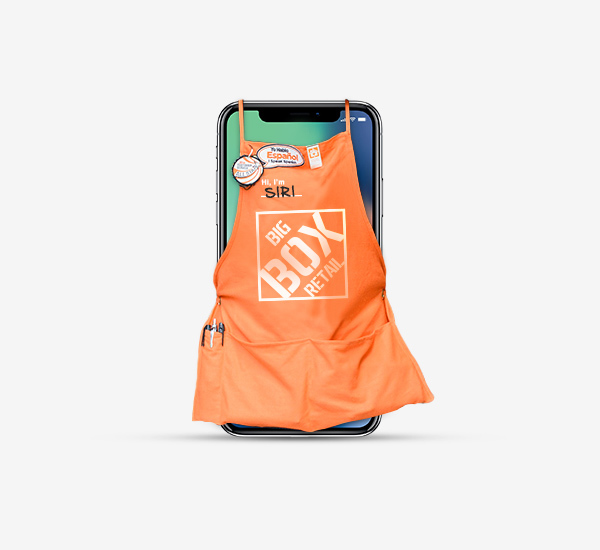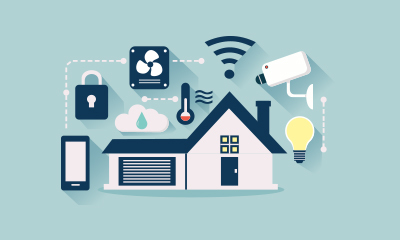Industry Trends
Marketing Insights
You may have heard, or perhaps Alexa herself has told you, that smart speakers are hot. Current estimates predict 76.5 million smart speaker users in 2020 — a staggering jump from 16 million users just four years prior (eMarketer).
In fact, adoption of in-home smart speakers has been so rapid that forecasters actually had to raise their short-term future expectations this month. eMarketer now predicts that the number of adult smart speaker users will actually overtake the number of wearable users in 2018: 57 million adults will use a smart speaker at least once per month, compared to 51 million for wearables. Furthermore, an estimated 91 million people will use a voice assistant device of any kind this year.
Amazon, which virtually created the voice-control category, still dominates with two-thirds of the total U.S. smart speaker market share. However, Google's Home device is making an appreciable dent thanks to the launch of the entry-priced Mini in 2017, with Google's share of the pie expected to grow to nearly 33 percent in 2020 (eMarketer).
While the initial wave of smart speaker adopters looked much like early tech adopters in general — that is, 30-something affluent males — the ownership profile is now shifting toward younger Gen X women with children. But why? This valuable cohort recognizes the real, tangible value of a voice-controlled infotainment center within the home. As a Xennial mom, I confess to relying on our kitchen-perched Echo Dot for everything from quick recipe conversions and dance party playlists to kid-friendly jokes and the answers to all of life's burning questions such as, "Is Pluto still classified as a planet?"
While a Jetsons-like future of whole-home voice control is alluring, the reality is that most smart speaker usage falls within the more mundane and practical.
The top three reported ways in which smart speaker owners use their device are (in order):
- Questions and answers
- Music and entertainment
- News and information
Smart home control falls to the bottom of the list, with only 37 percent of owners reportedly using their speaker in this way. This creates a total contradiction: the idea that consumers want all the features, versus the fact that they use very few of these features in reality.
What does this quandary mean for home improvement brands looking to enter or establish a foothold within the smart home space?
- Bet on voice. The rapid adoption of voice control for devices has significant potential to shape the way we interact with devices far beyond smart speakers. eMarketer estimates that nearly one-third of the U.S. population will be using a voice assistant at least once a month by 2020. If your "smart innovation" relies on touch, with no clear path toward voice, it may be outdated before it's even unboxed.
- Solve a practical problem. At Wray Ward, we tend to beat the "consumer-first" drum pretty loudly, and with good reason: the most intuitive solutions are those that solve real problems. Sure, pulling up Google on your smartphone and typing out a question seems pretty easy, but it's also pretty impractical when you're perched on top of a ladder, changing an air filter under the hood or up to your elbows in meatball making. In our multitasking society, we often find ourselves needing to do a task while our hands or feet or brains are busy doing something else. Can your solution help in those moments?
- Dream big. Even though you may never ask Google to change a dinner reservation or enlist Alexa to do your weekly grocery shopping, the prospect that you could raises the bar for consumers' expectations for device functionality, versatility and integration. If a plastic hockey puck can help a homeowner manage their family much more efficiently, future devices should be able to at least provide equivalent value. While practicality is key, vision casting for the future keeps smart home products competitive.
According to NPR and Edison research, 65 percent of smart speaker owners say they "wouldn't want to go back to life without [their] smart speaker." No matter how you slice it, smart speakers and voice tech will continue to permanently shape how we live life at home and interact with the home itself.


